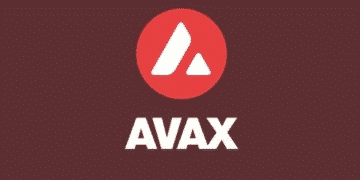Circle claims its reserves are fully backed by cash in its detailed breakdown of the assets held in its reserves so let’s have a closer look at today’s latest cryptocurrency news.
The latest reports from Circle came after the fellow stablecoin issuer Paxos released a detailed explanation of the assets held in reserve. Circle claims its reserves are backed and the payment company behind the USDC stablecoin also released a full breakdown of the reserves that are backing its USDC stablecoin. The level of detail provided in the report is a first of its kind for the company and shows a huge step of transparency given the scrutiny stablecoins are facing right now from regulators around the world.
Circle’s report showed that the company is no longer holding commercial paper as a part of its service and circle last year, held 9% of its reserves in commercial paper but then promised to move to cash and US treasuries. The reports show that the circle held $42.1 billion in US Treasury bonds and all of the bunds expire before September 29. the rest of the company reserves $13.6 billion are stored in cash and held with the regulated financial instiutions like Silicon Valley Bank, Silvergate Bank, and Signature Bank. This all brings the total reserves to $55.7 billion which means it is higher than the 55 billion USDC tokens that are in circulation.
USDC is now the fourth biggest crypto by market cap and the second biggest stablecoin in the crypto space. Stablecoins are tokens whose value is pegged to a fiat asset or currency like the US dollar. Stablecoins often achieve stability by offering instant and easy redeemability with the underlying assets which create arbitrage incentives in the market that allow the stablecoin to return to the price peg even if it is met with volatility.
The reliability has been put into question for years now by vocal critics in the industry and regulators around the world. Those voices only grew louder after the May crash of the TErra UST stablecoin. Terra was once most popular for Defi trading and drew n billions of dollars of investments by promising 20% returns on UST deposits of the Anchor protocol. After the run on Anchor, UST failed to hold the price and both tokens collapsed to zero. The centralized stablecoin issuers like Tether, Circle, and Paxos all faced increasing pressure to assure the clients and their tokens won’t meet the same fate as many already saw in terms of bankruptcies and account freezes.
Last week, Paxos as the USDP stablecoin issuer and custody platform behind the BUSD stablecoin, issued a similar report on the holdings. It was backed by treasury bills and bonds which amounted to $17.5 billion in assets. Only Tether as the issuer behind USDT is yet to provide a similar report.
DC Forecasts is a leader in many crypto news categories, striving for the highest journalistic standards and abiding by a strict set of editorial policies. If you are interested to offer your expertise or contribute to our news website, feel free to contact us at [email protected]
























Discussion about this post